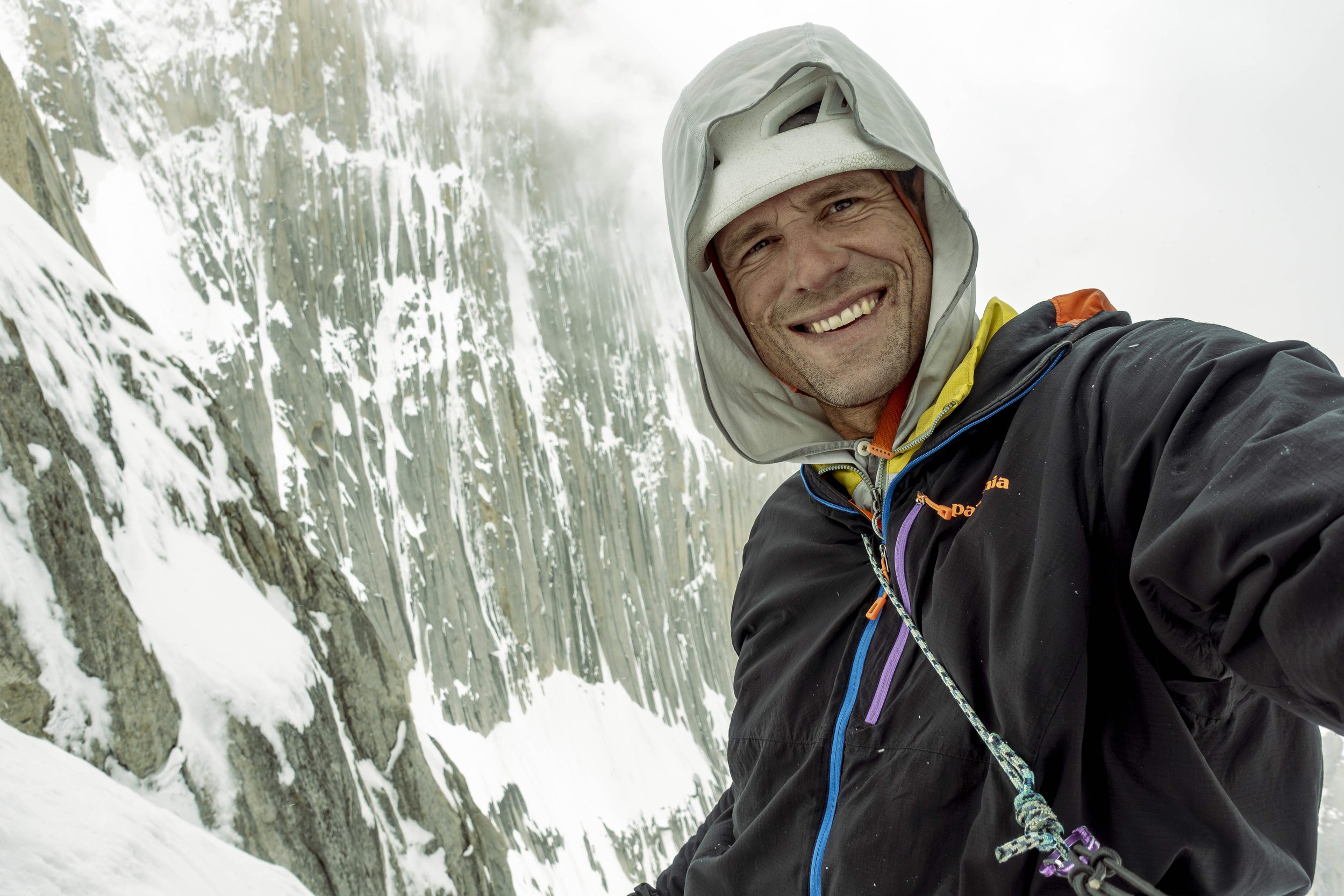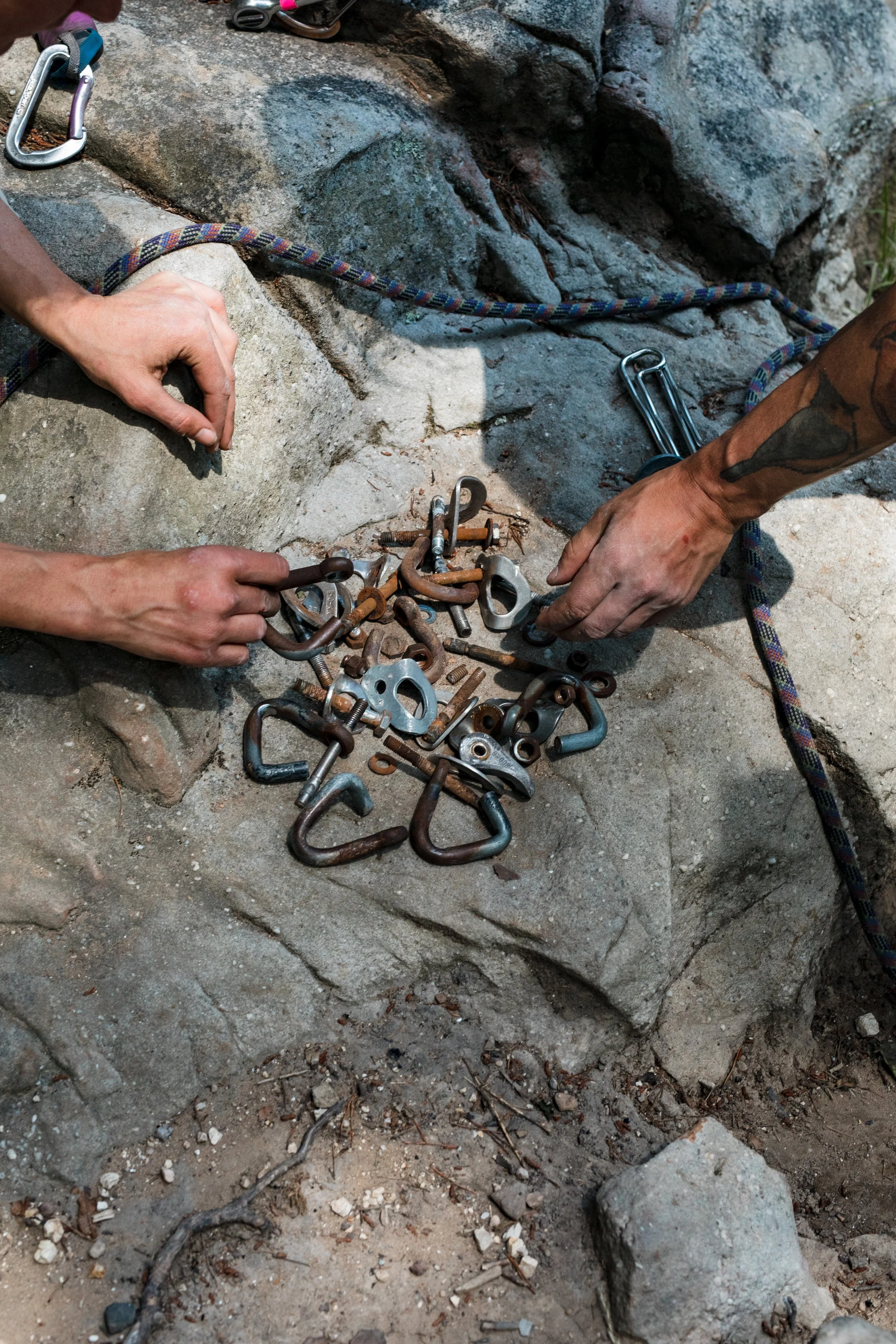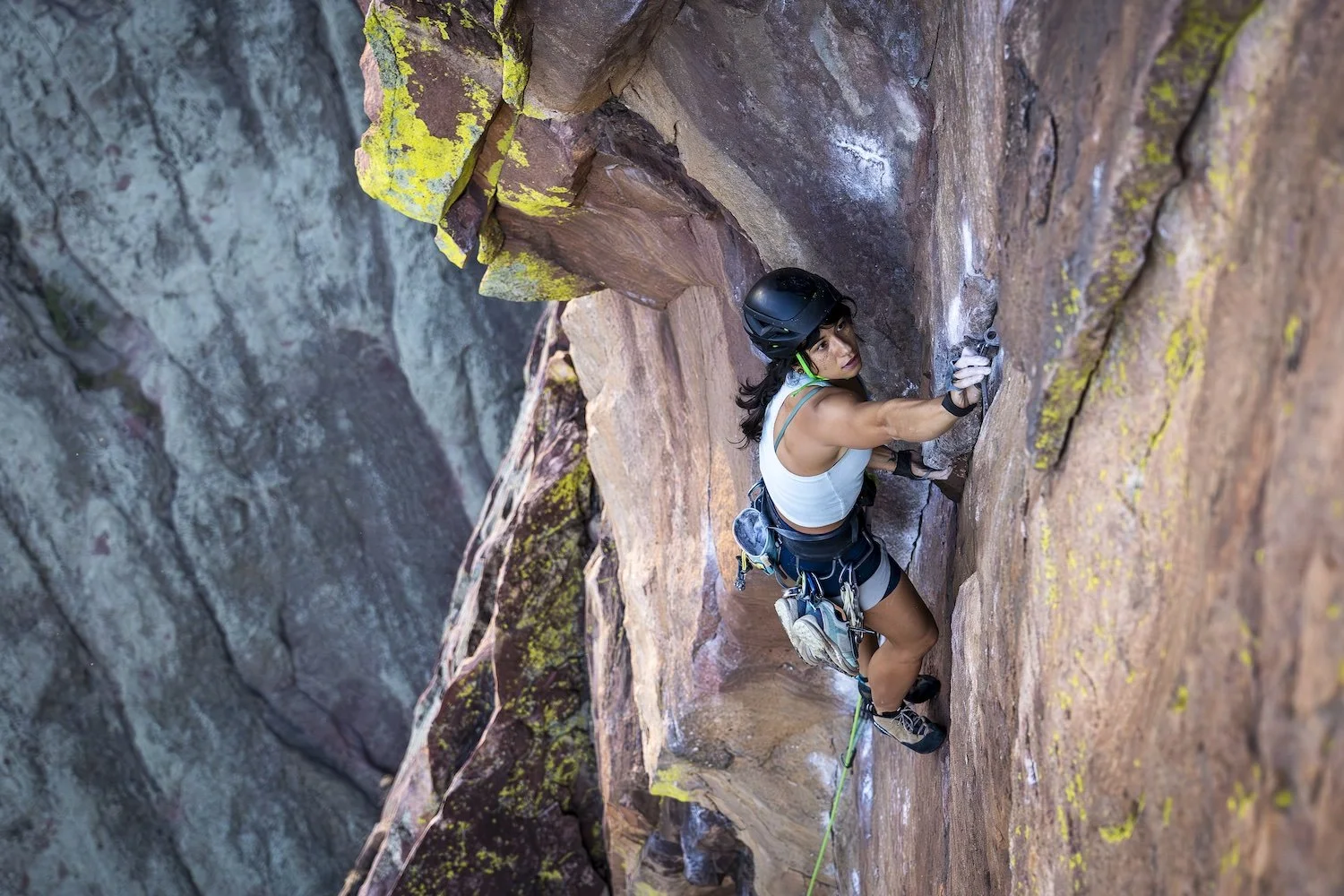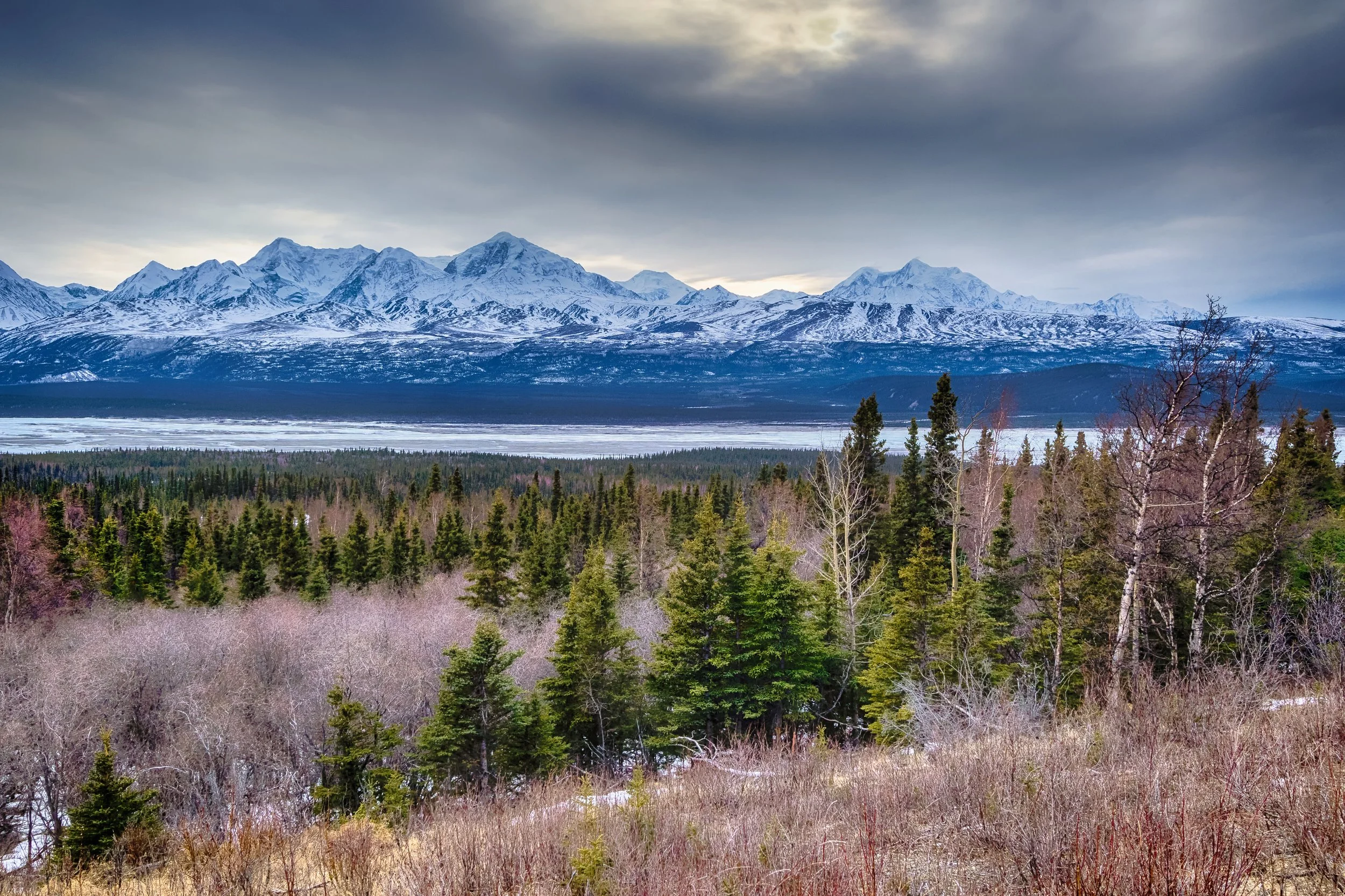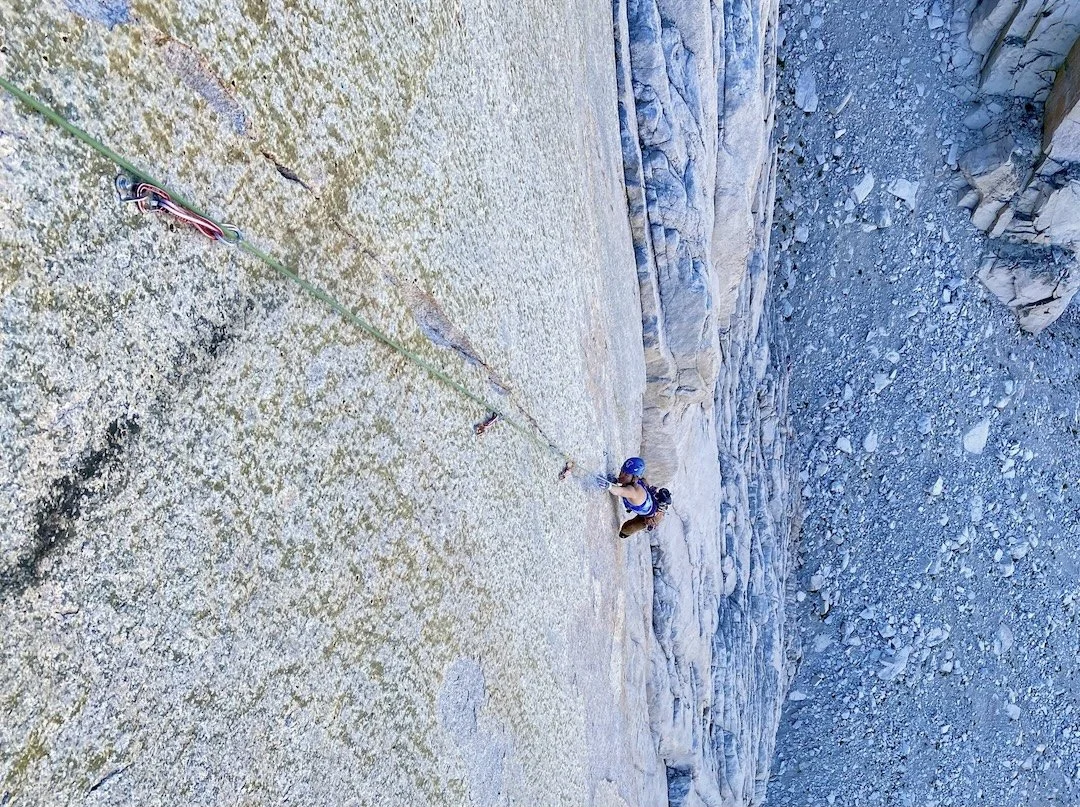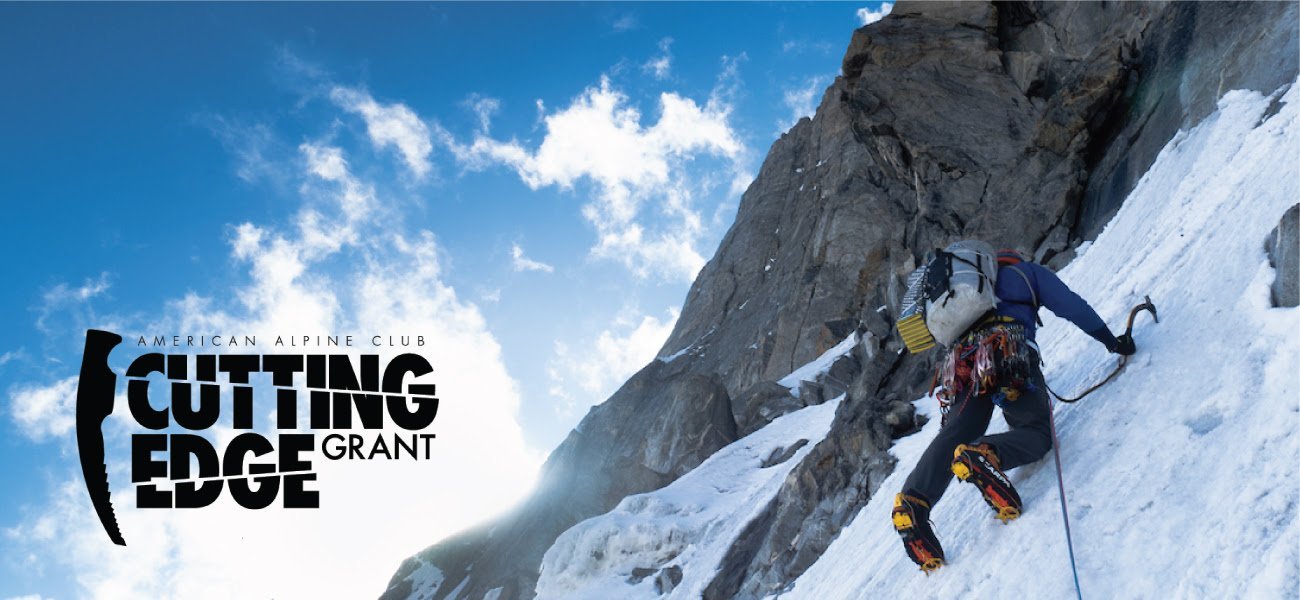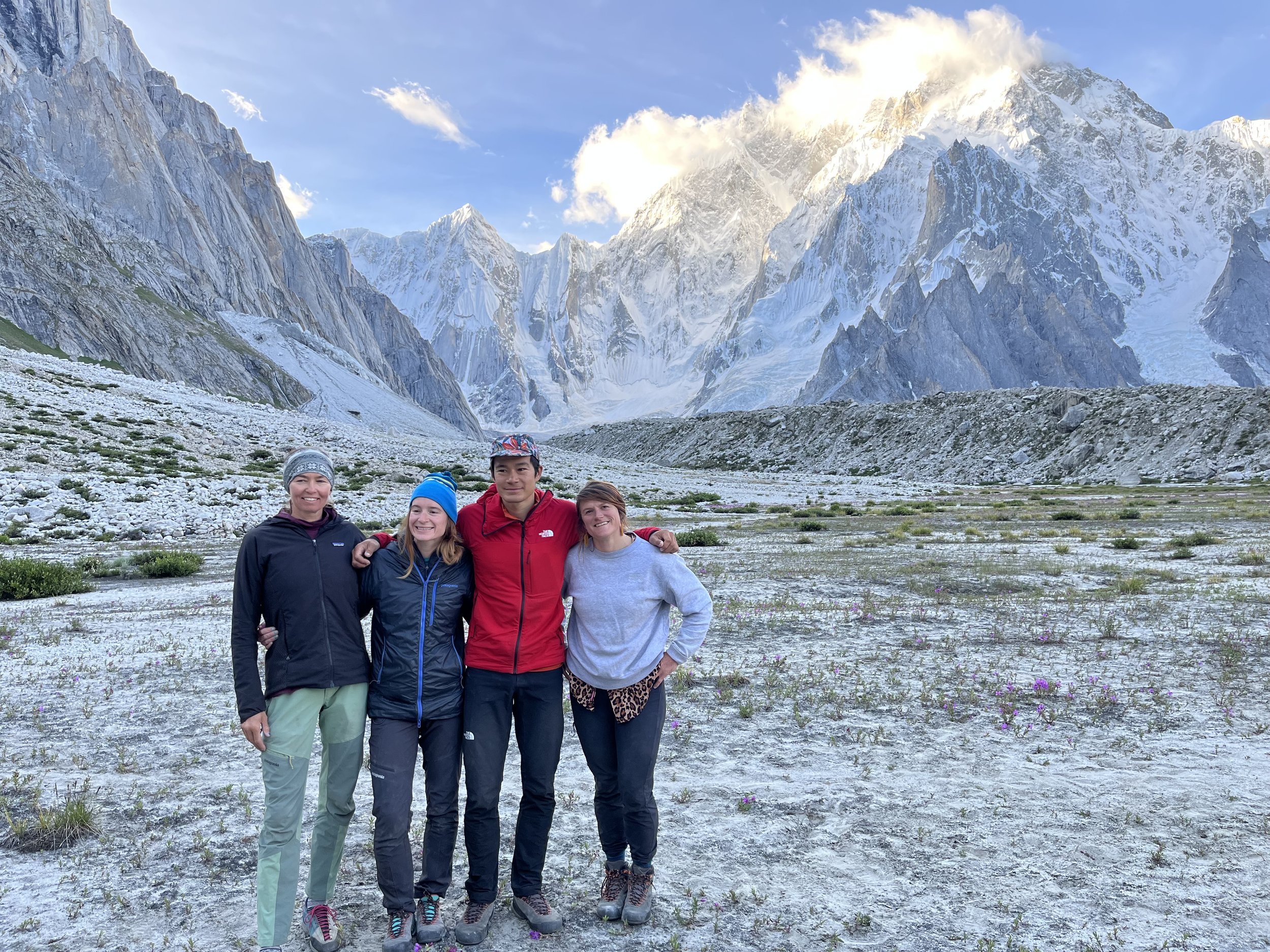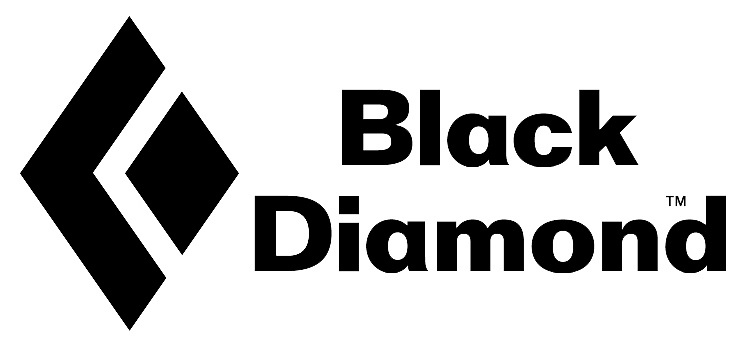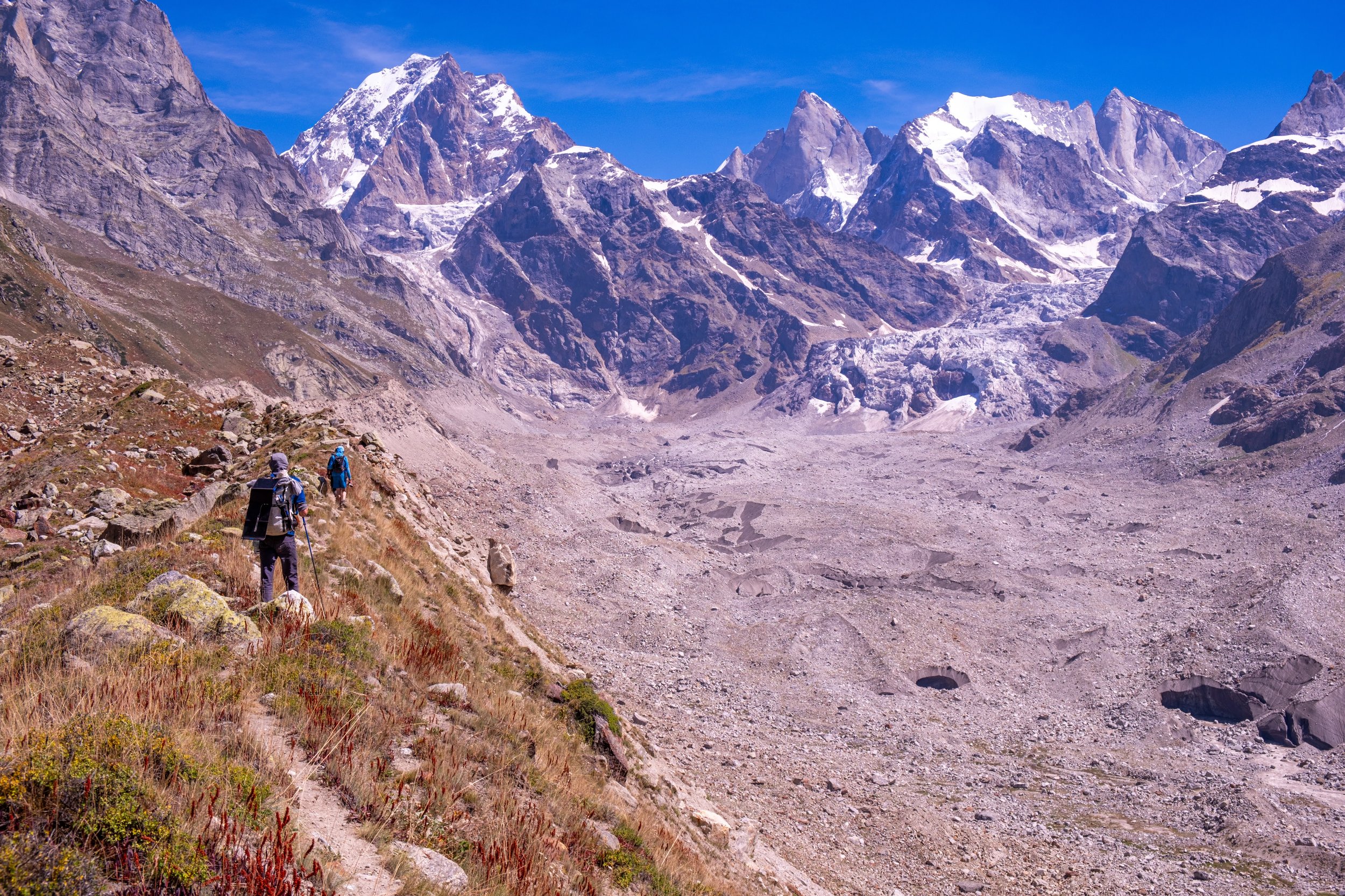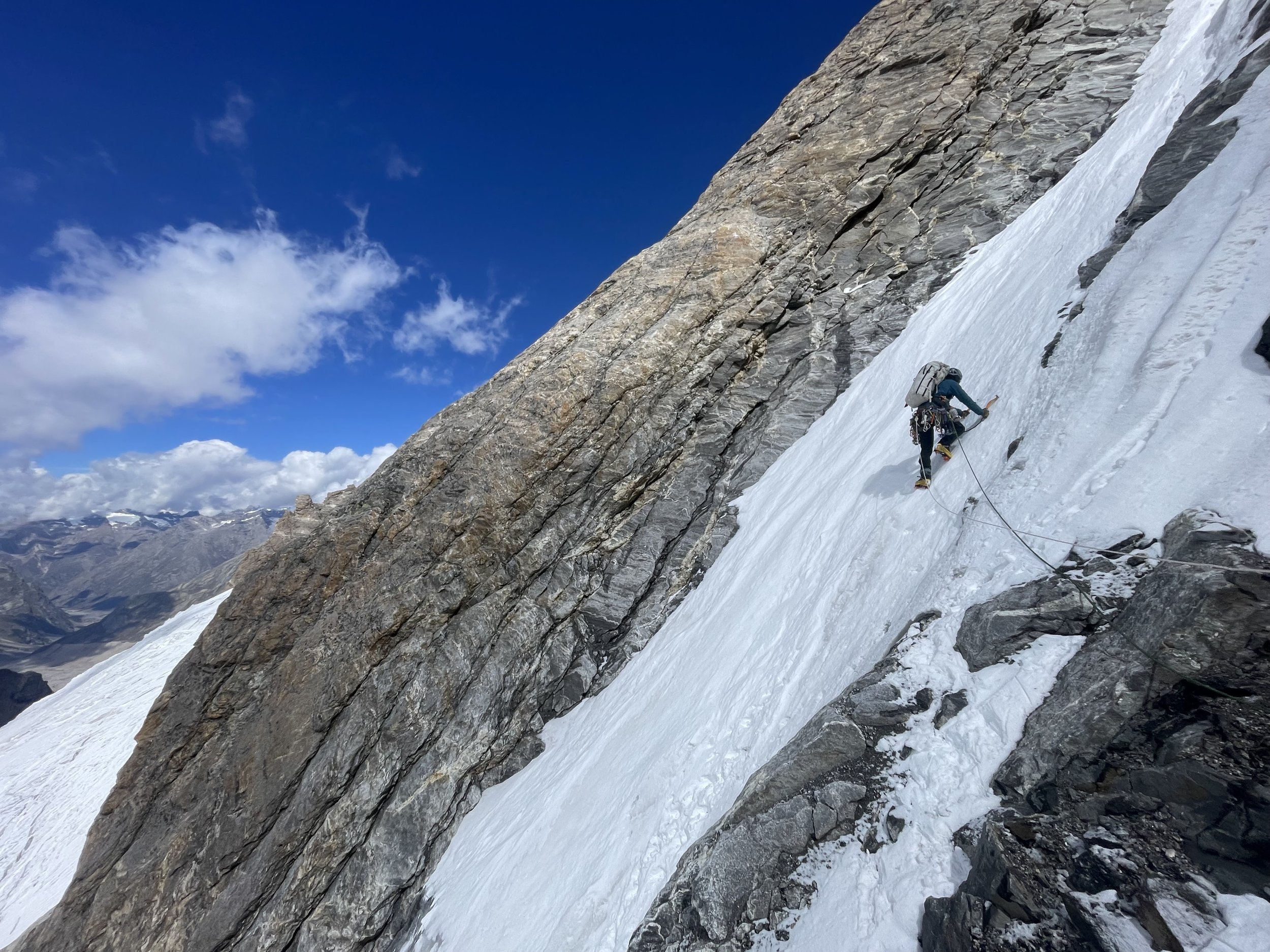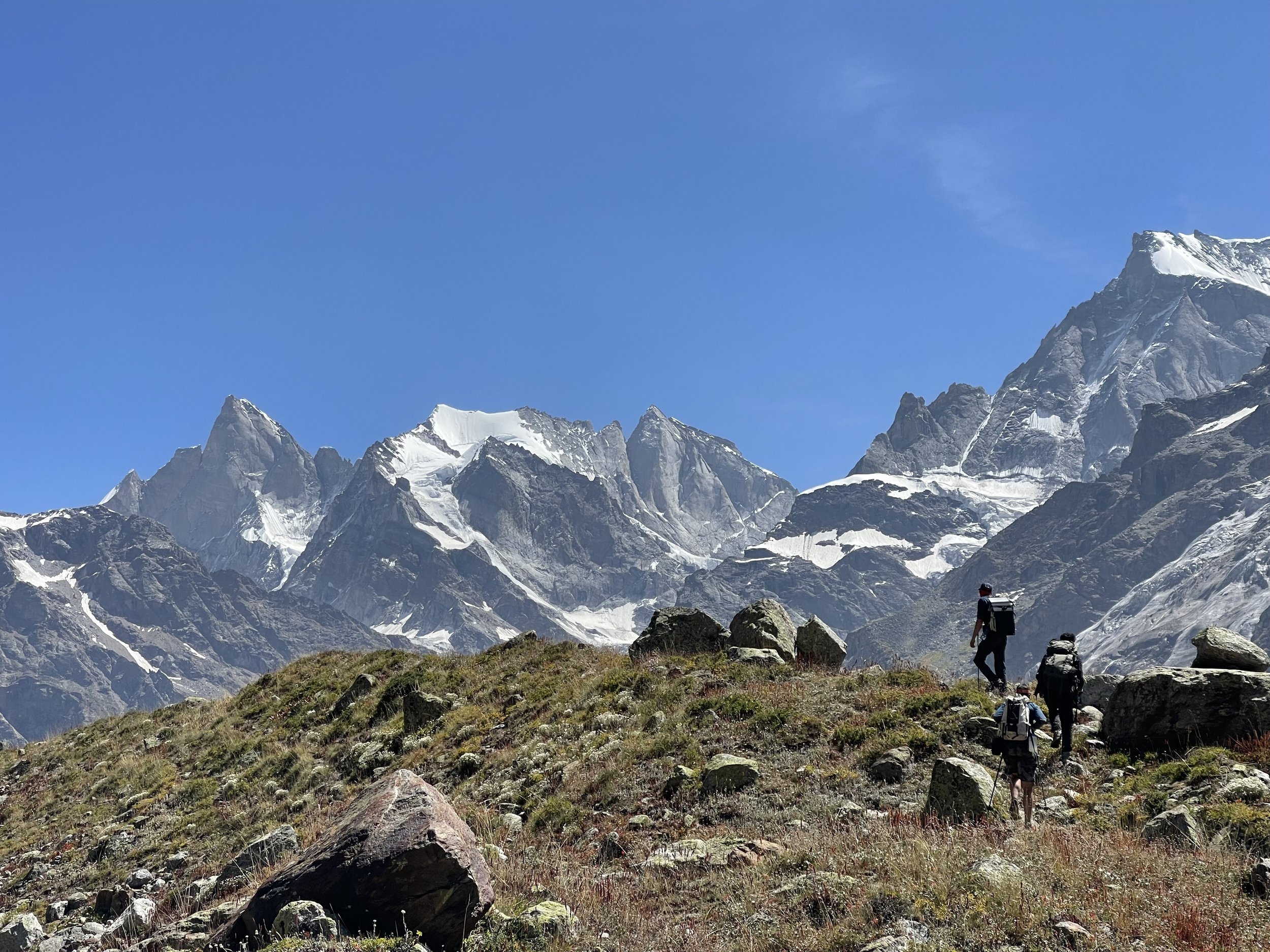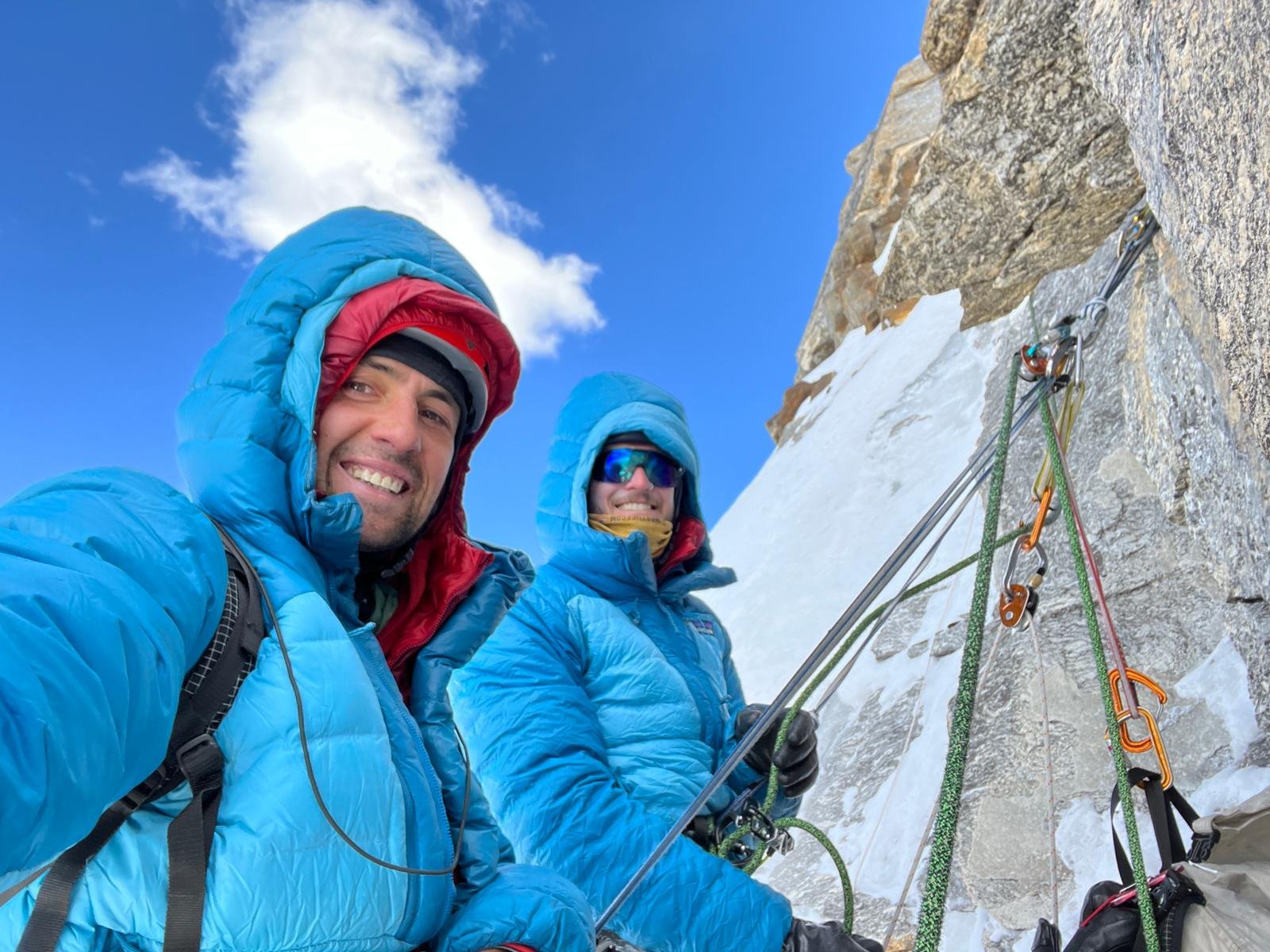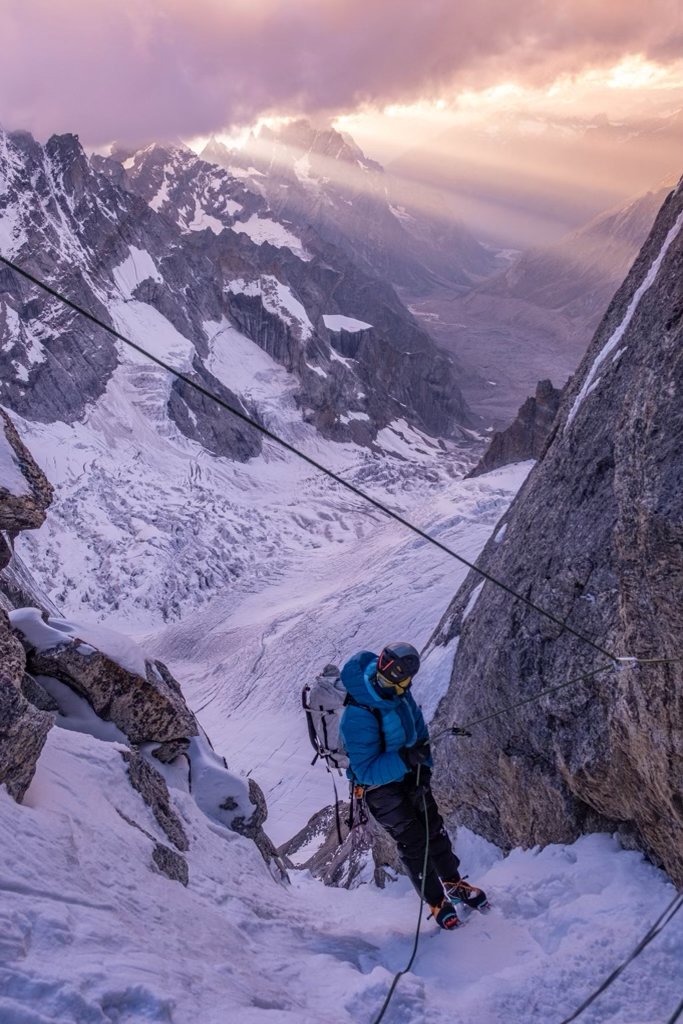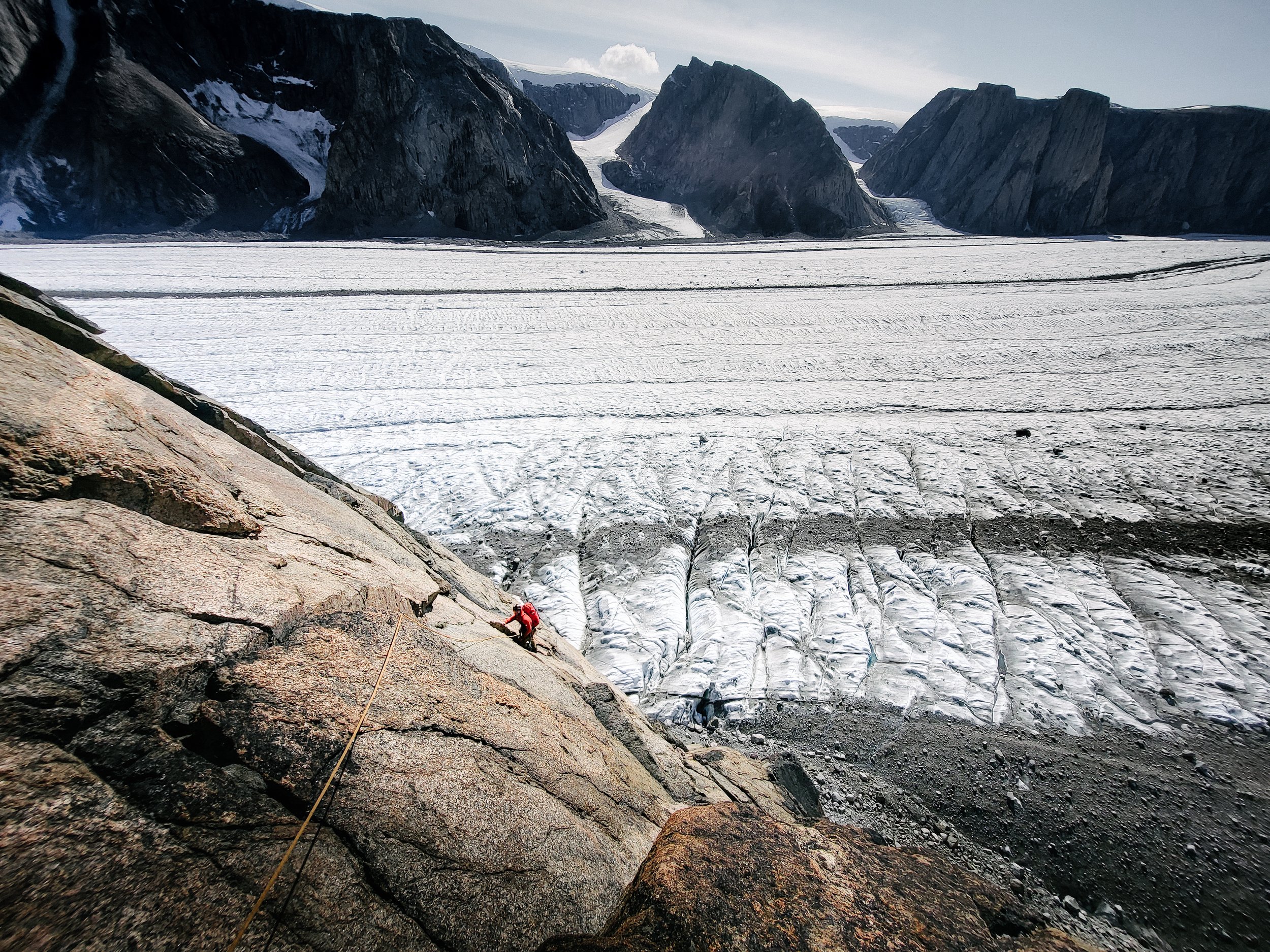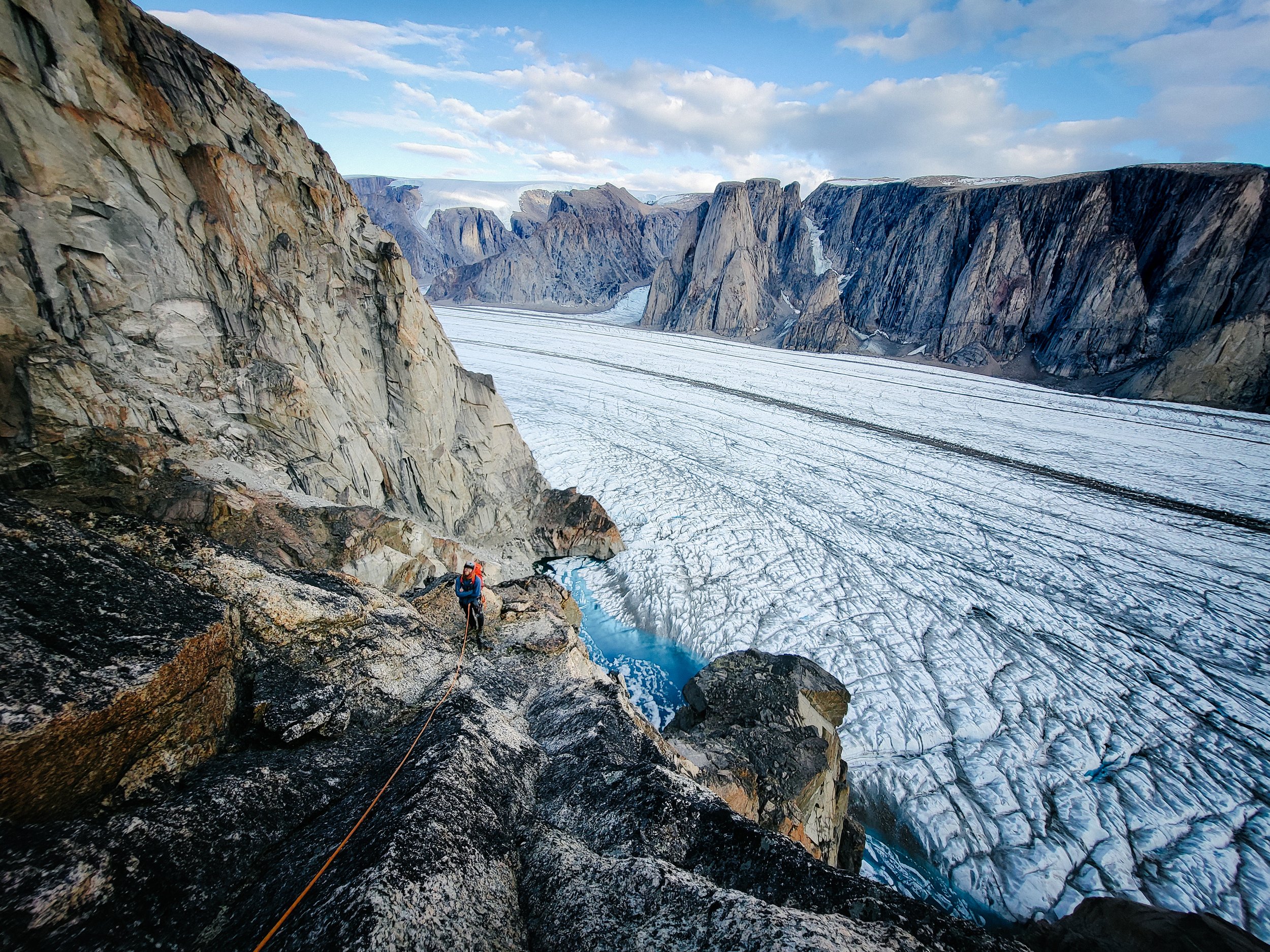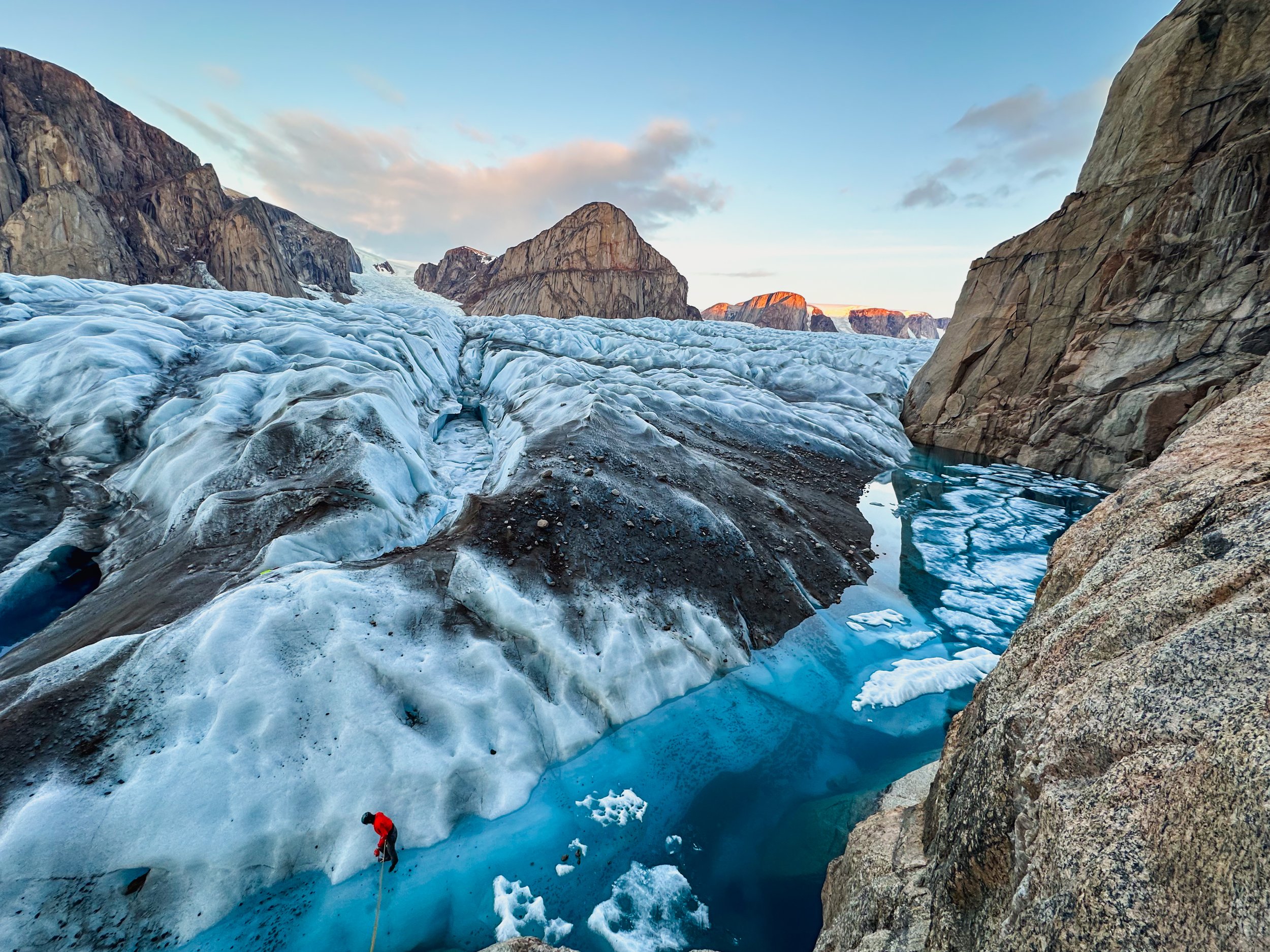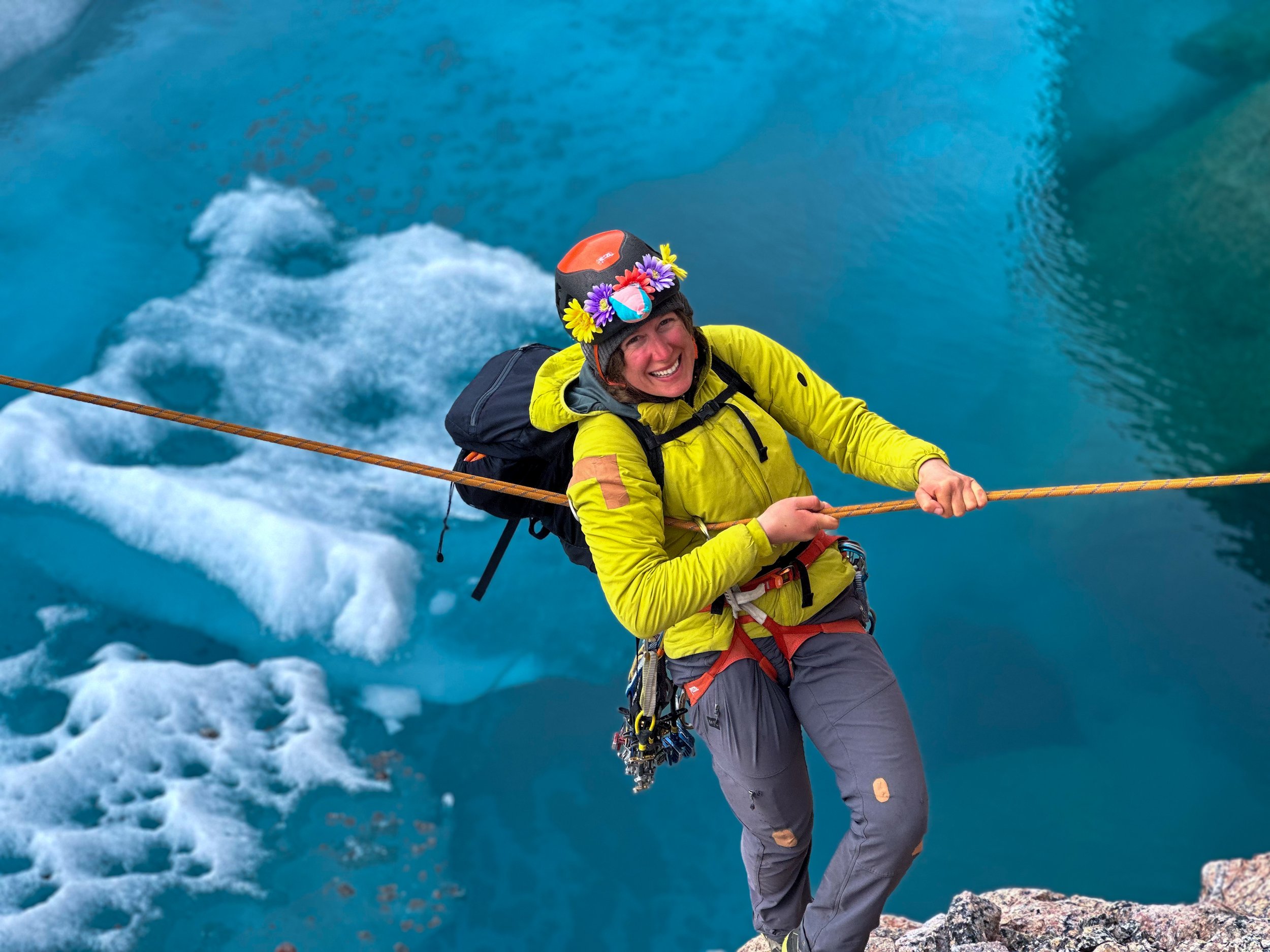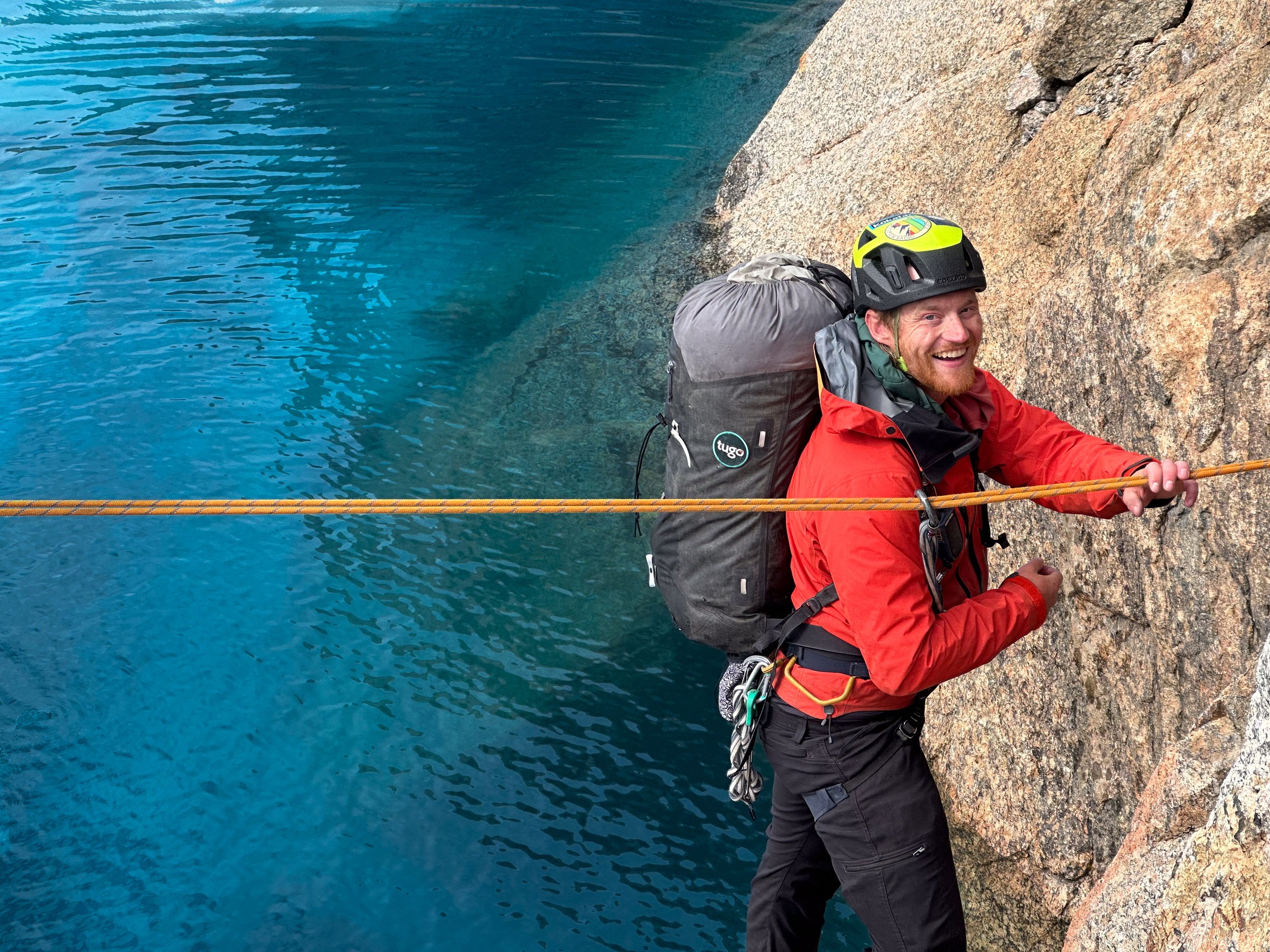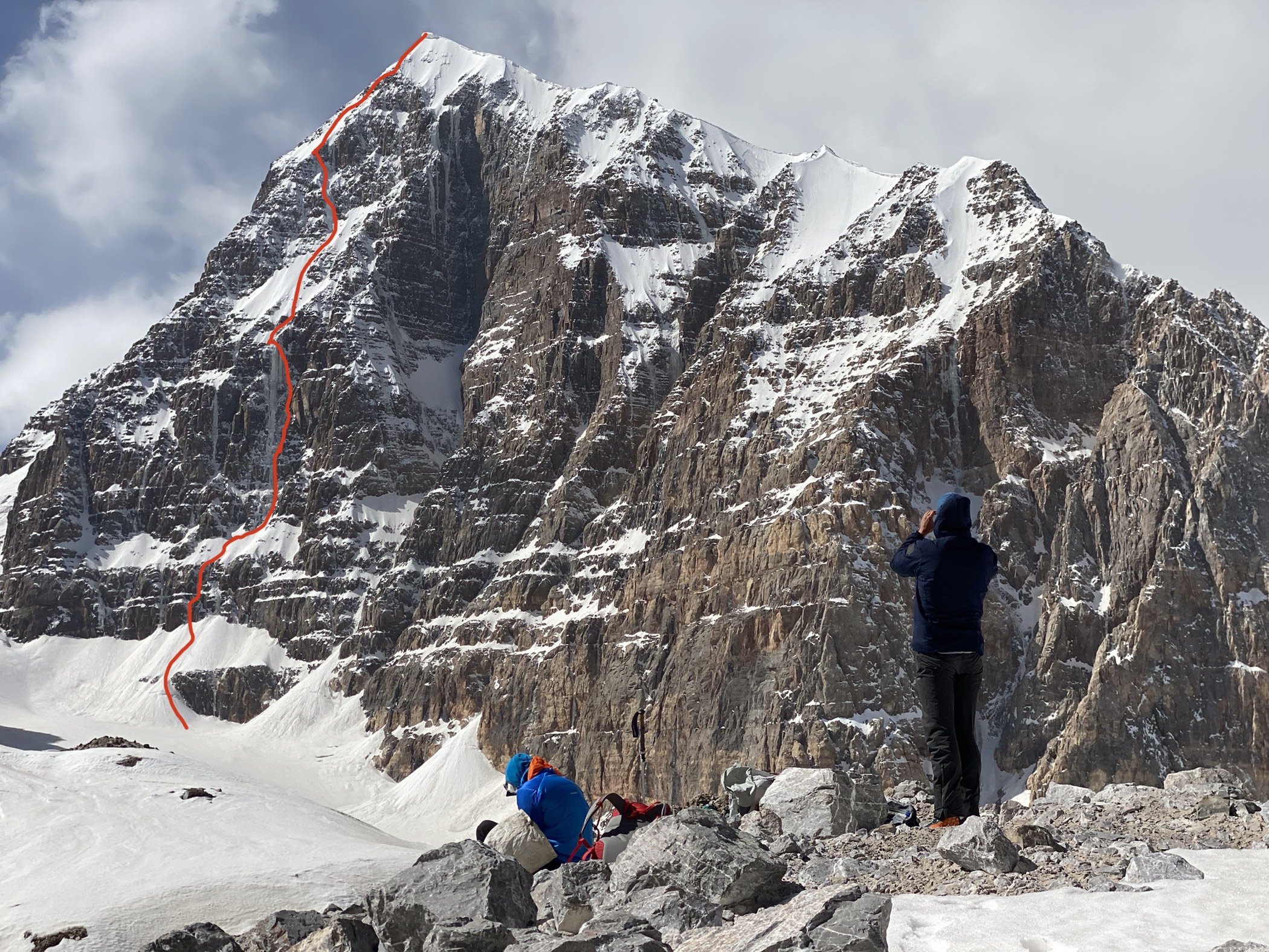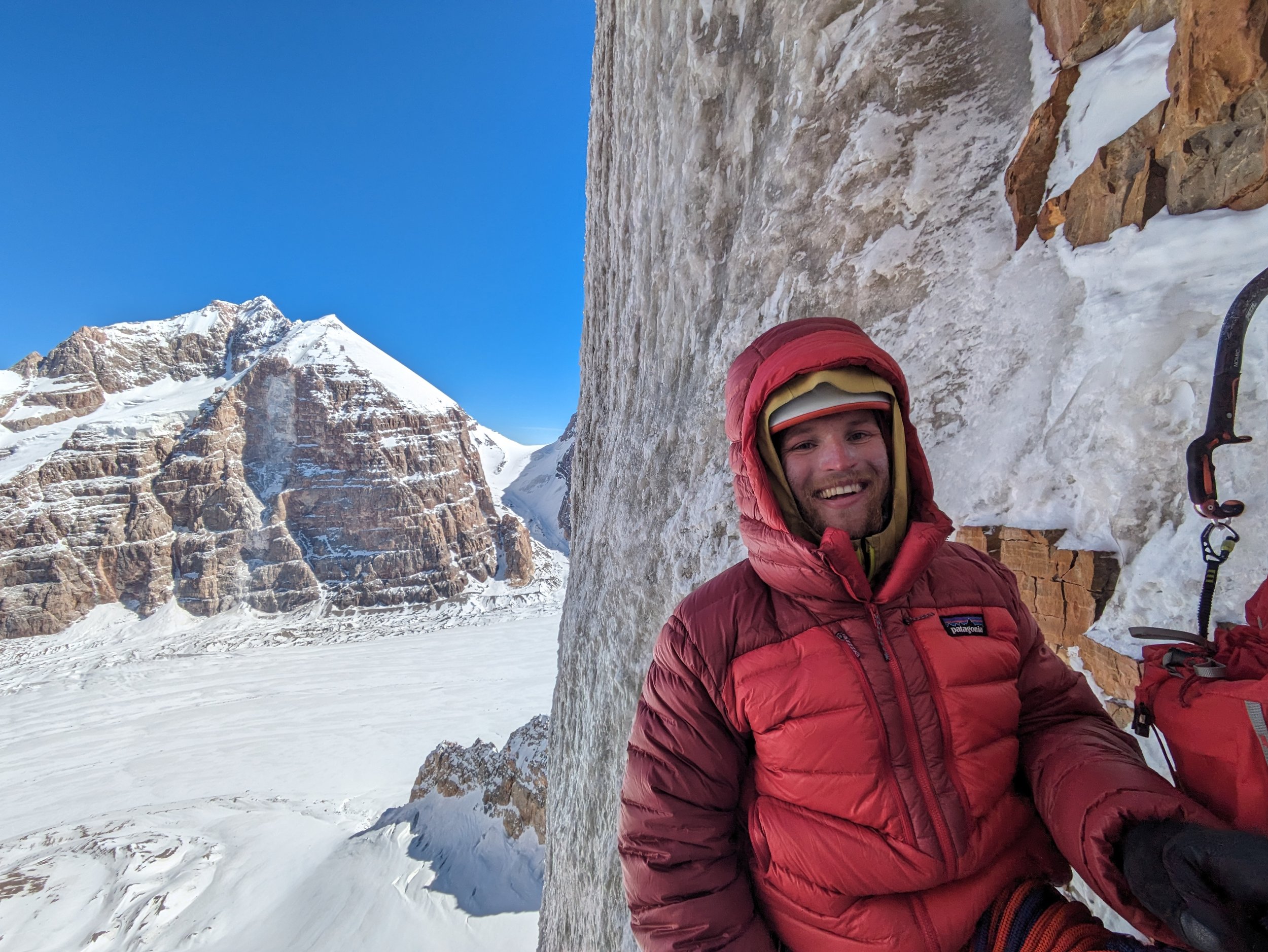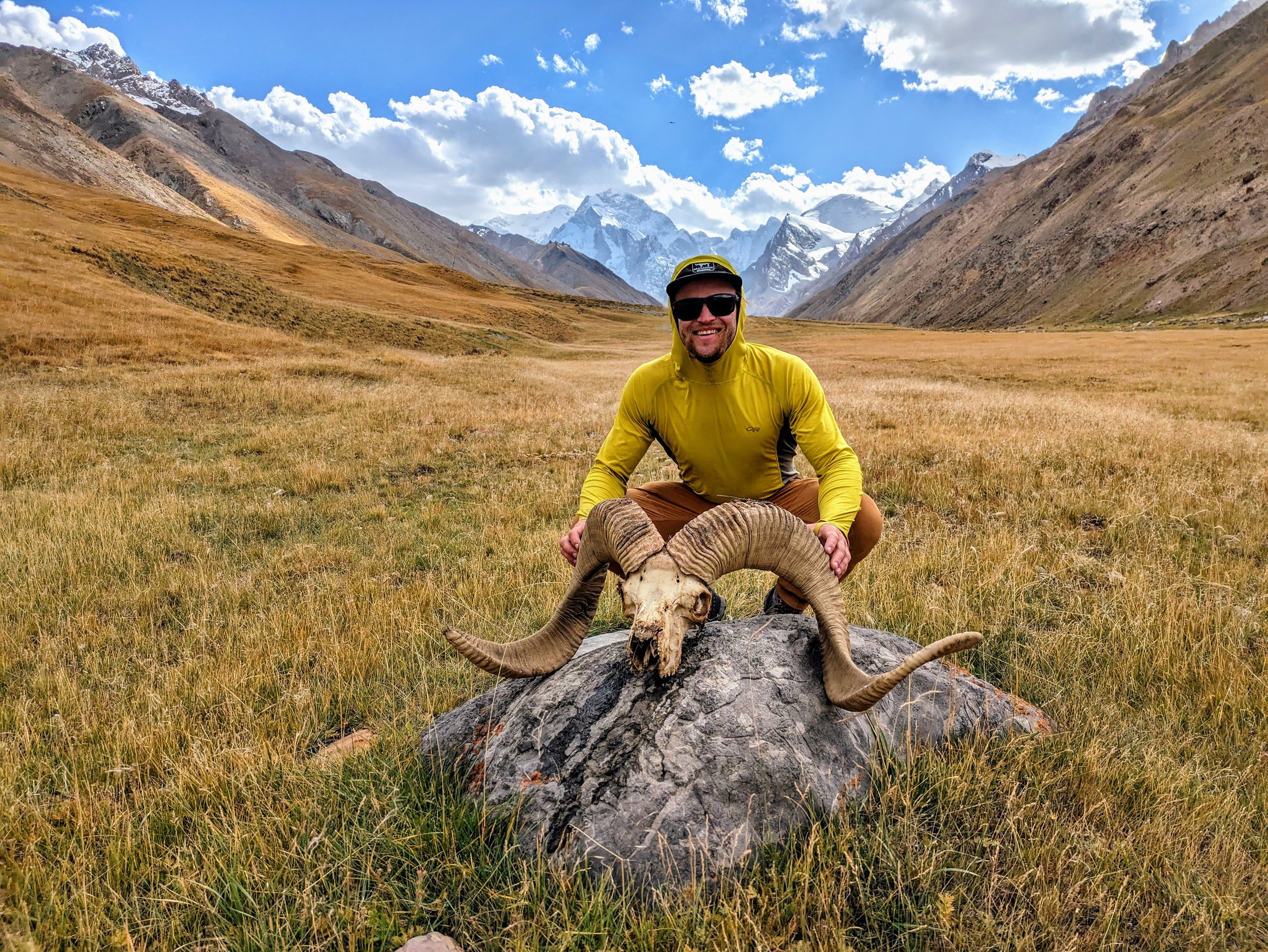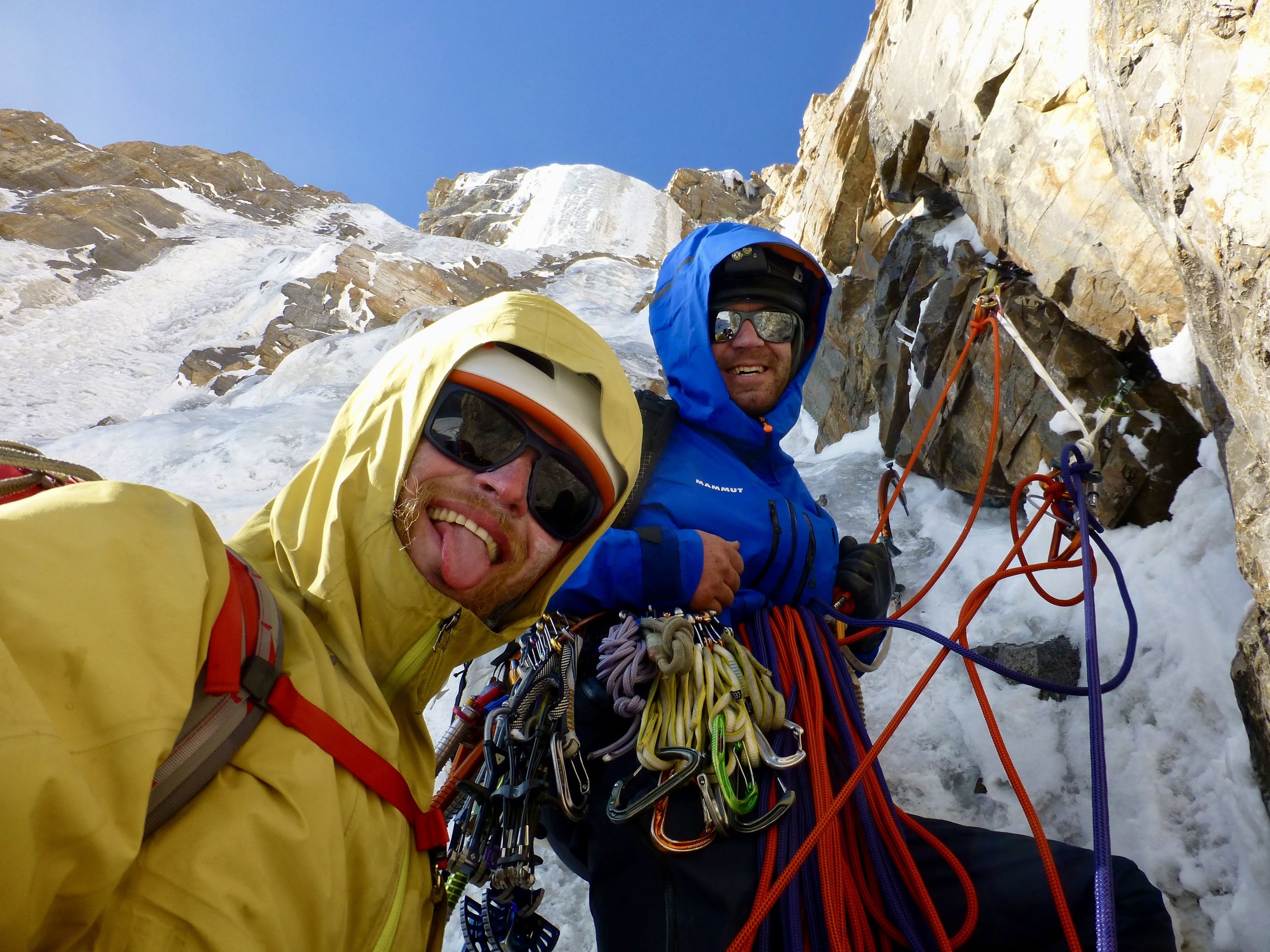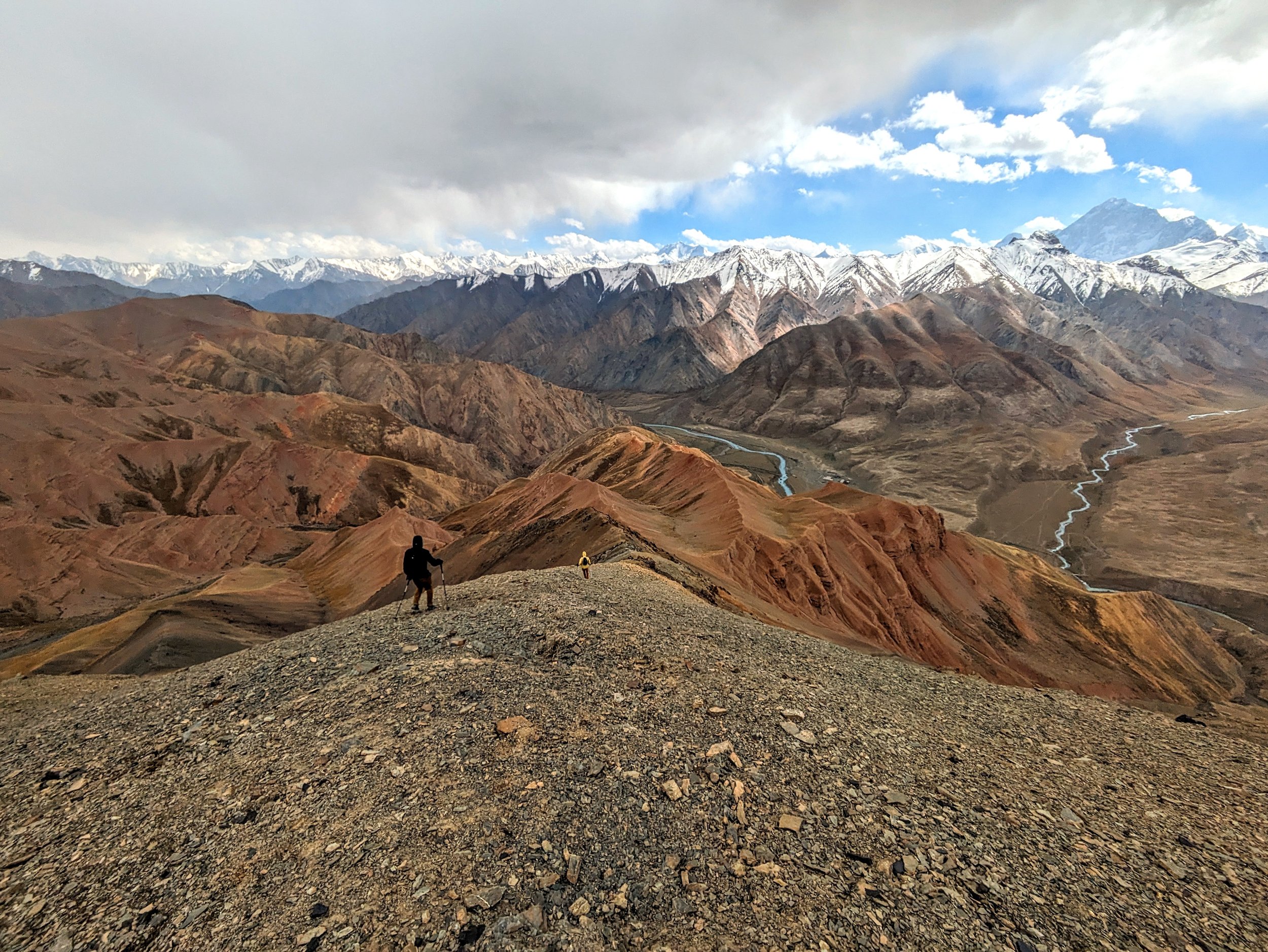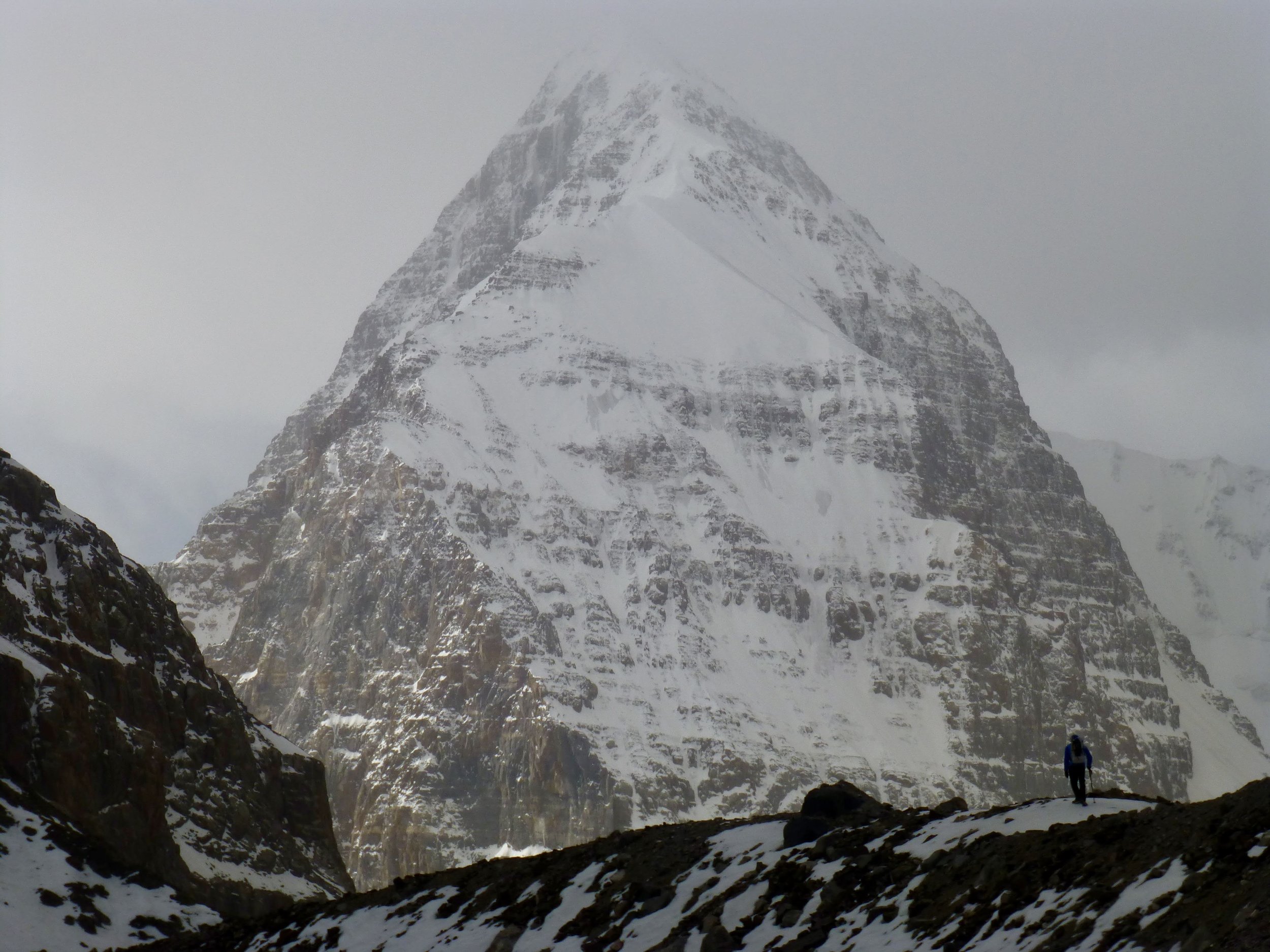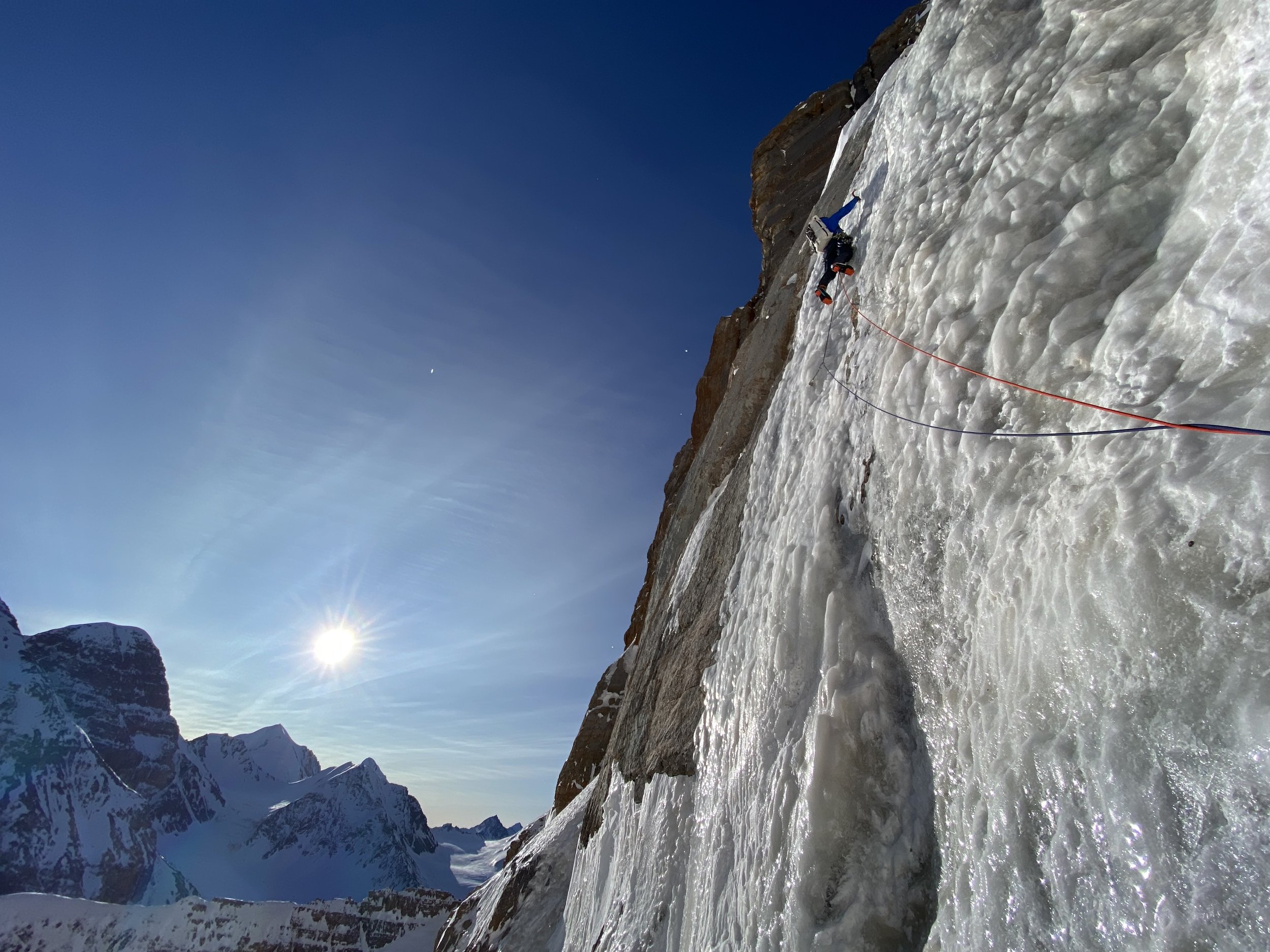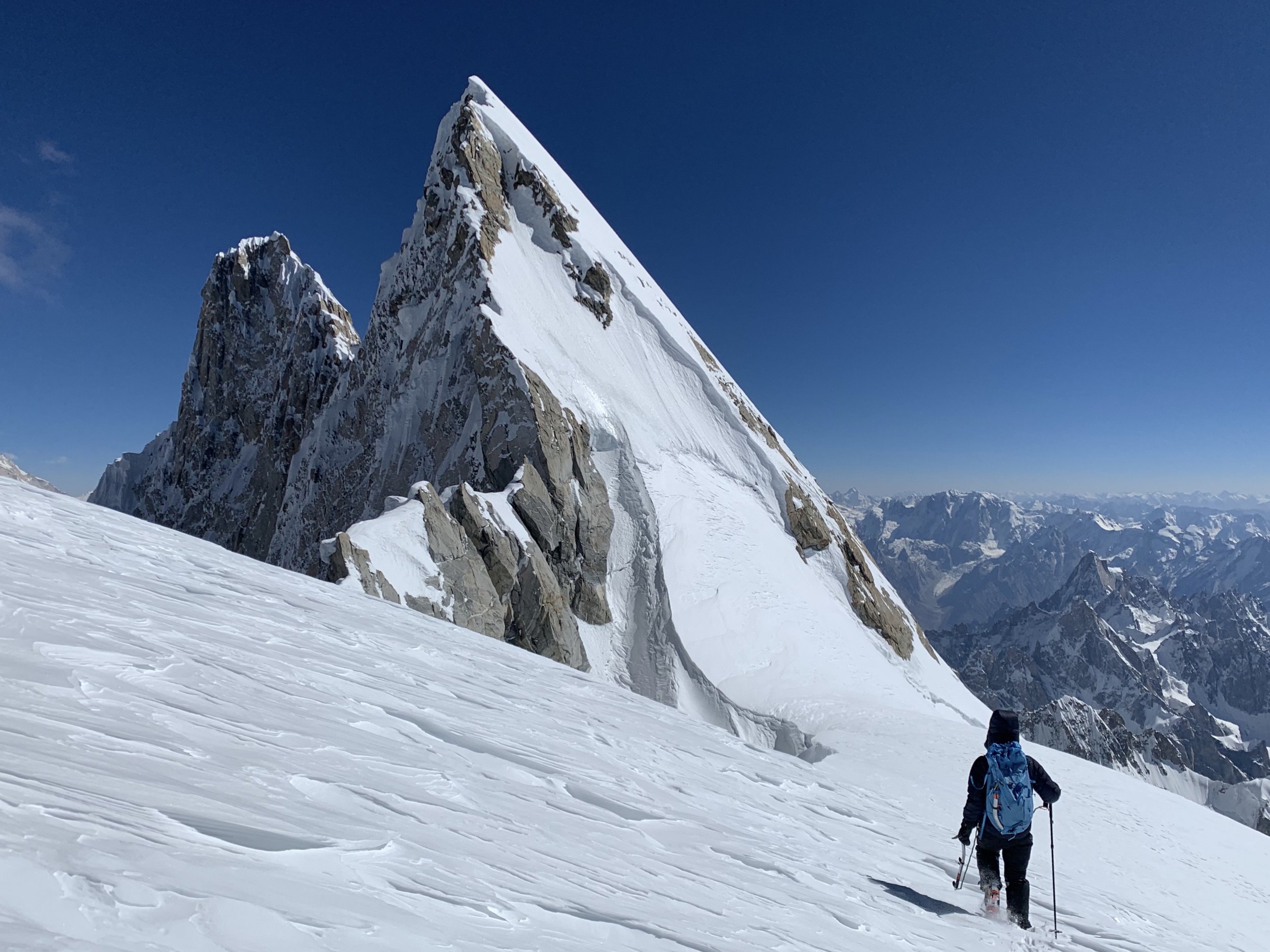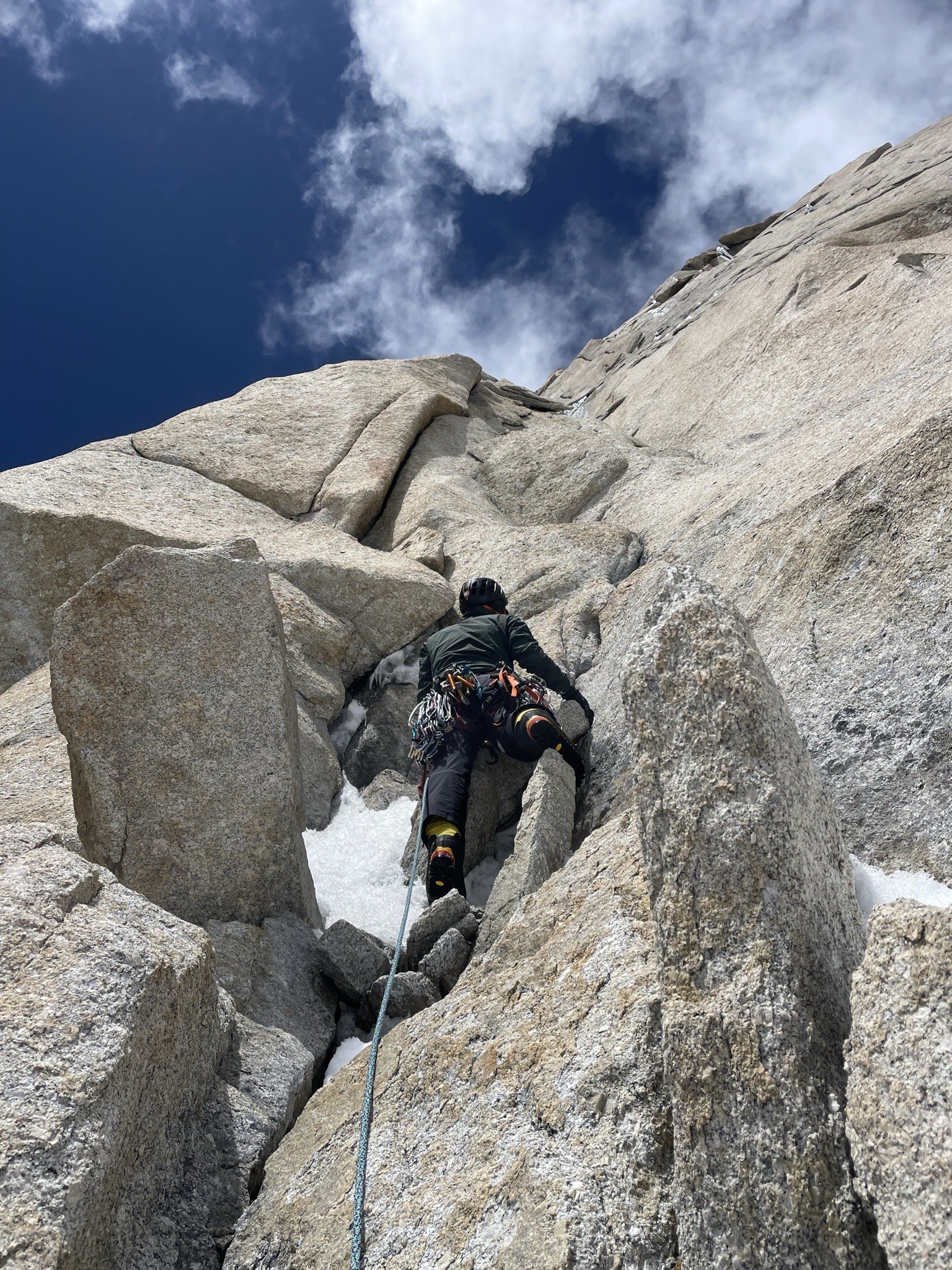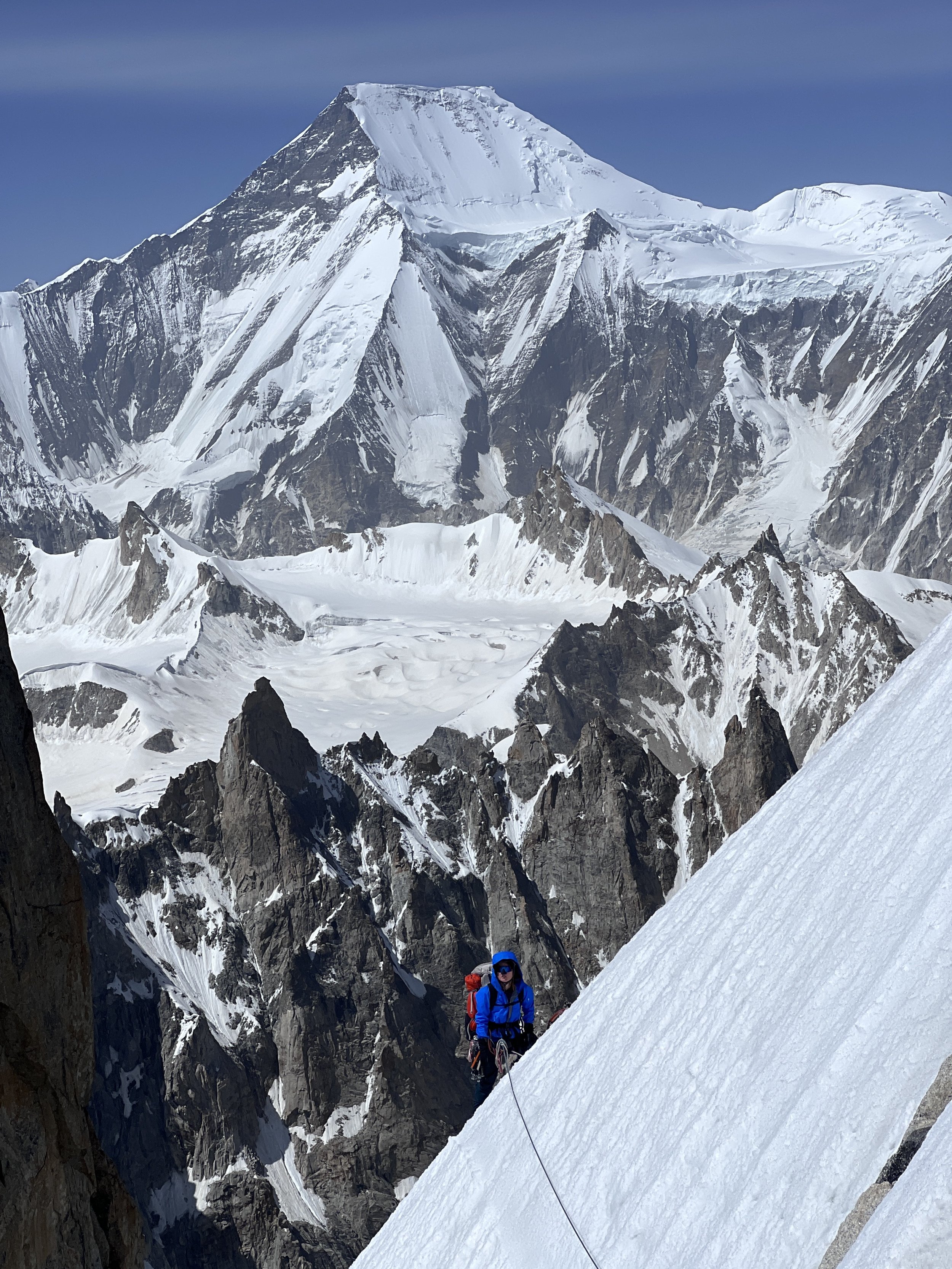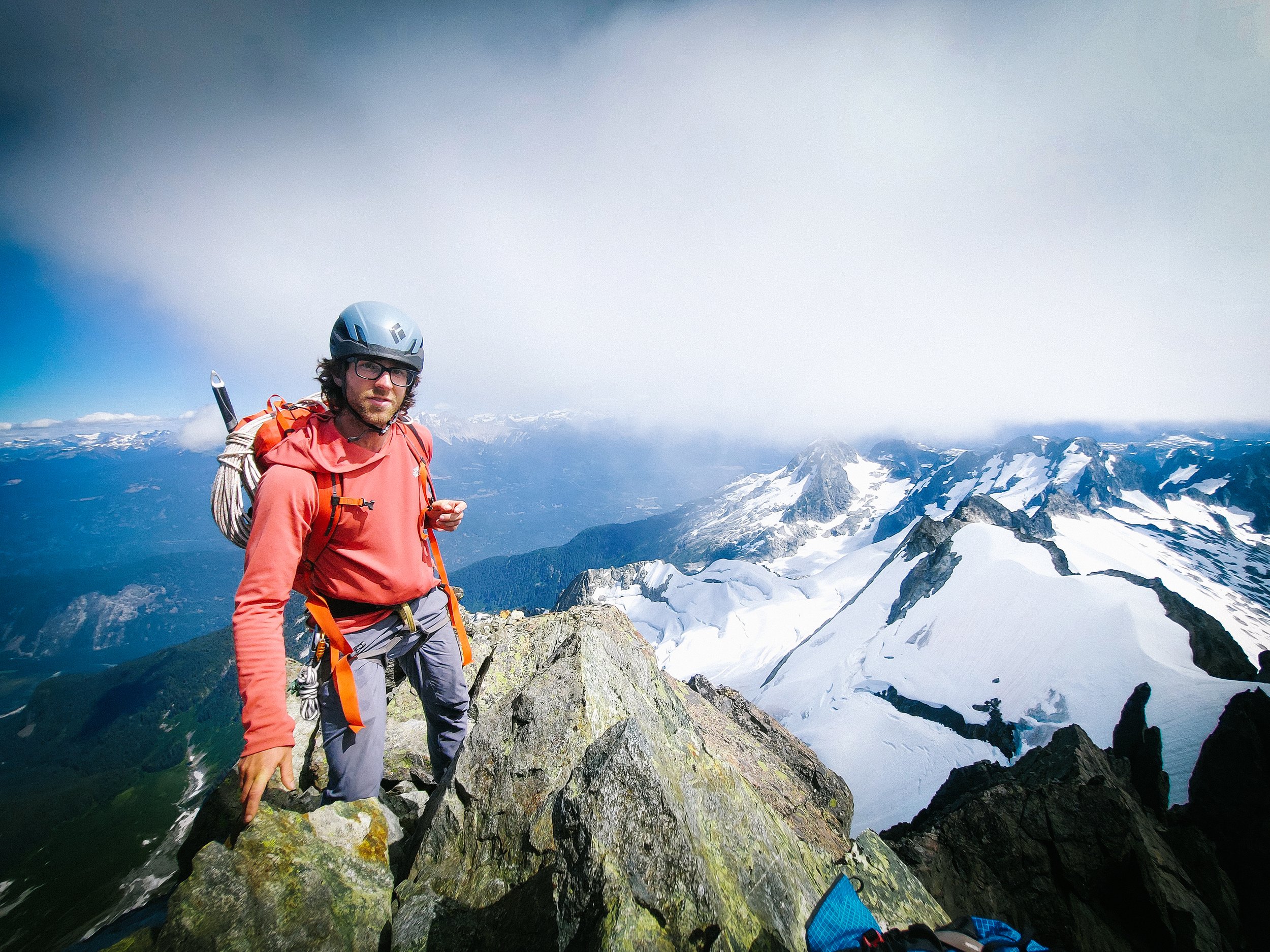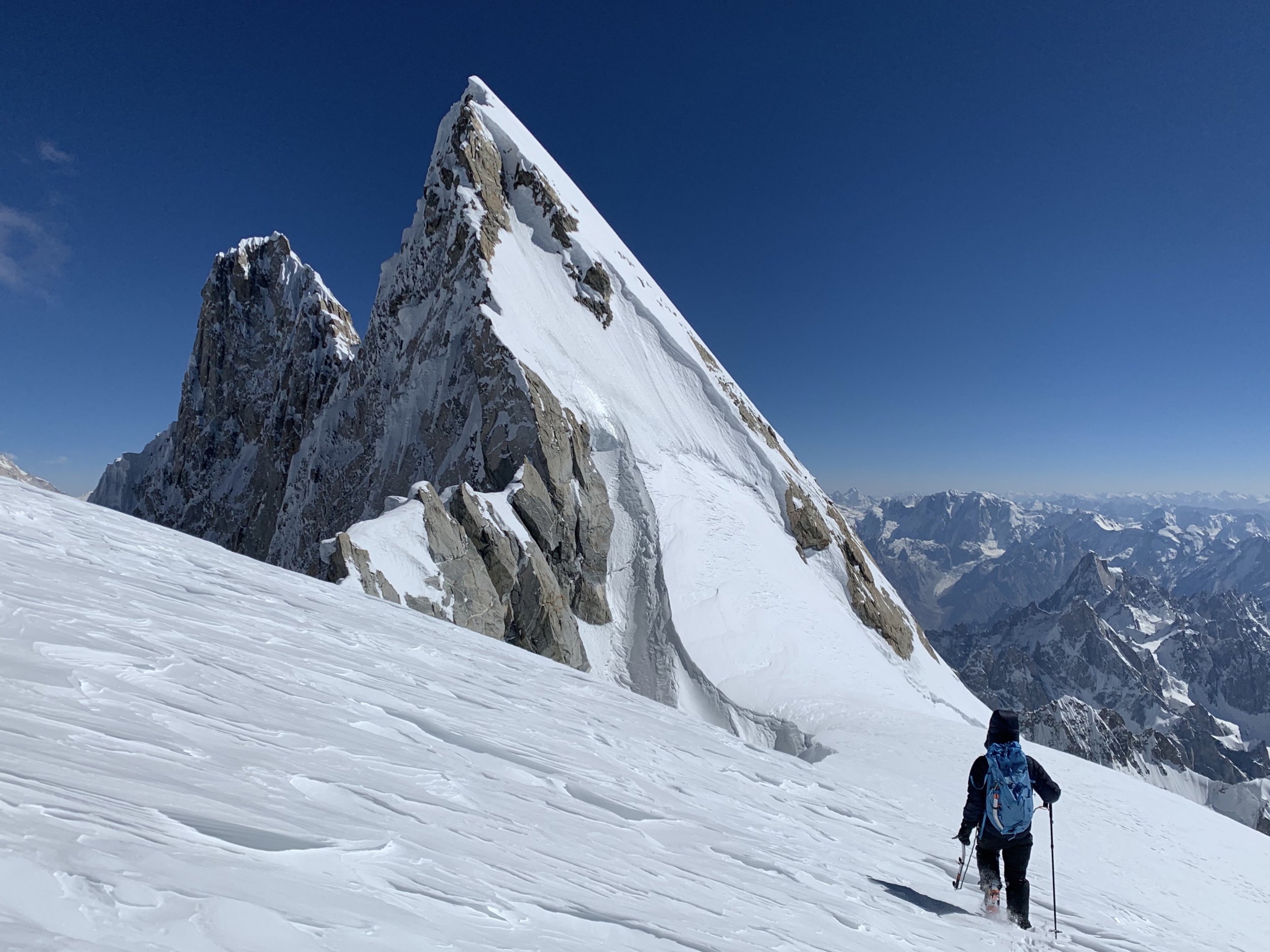PC: Nelson Neirinck
March 2025
The American Alpine Club and Black Diamond Equipment are pleased to announce the 2025 Cutting Edge Grant recipients. The Cutting Edge Grant continues the Club's 120-year tradition by funding individuals planning expeditions to remote areas featuring unexplored mountain ranges, unclimbed peaks, difficult new routes, first-free ascents, or similar world-class pursuits. Five teams have been awarded a total of $25,000 for this cycle, with objectives featuring a low-impact style and leave-no-trace mentality looked upon with favor. Black Diamond Equipment is a proud sponsor of the Cutting Edge Grant and a key partner in supporting cutting-edge alpinism.
Kishtwar Shivling. 2023. PC: Vitaliy Musiyenko
Vitaliy Musiyenko will be awarded $6,000 to attempt a new route on the southwest aspect of Kishtwar Shivling (6,000m), located in the Indian Himalayas. The mountain's main summit has only been reached once; the east summit was climbed in 2014, and the east pillar was climbed in 2015. Vitaliy Musiyenko will be attempting the route with Sean McLane. If they have enough time and energy in the tank, they hope to attempt another, unclimbed mountain with a similar altitude in the area.
Michael Hutchins
Michael Hutchins will be awarded $6,000 to attempt the southwest face of Rimo lll (7233m), an unclimbed 1600m face in the eastern Karakoram of India. Hutchins and Chris Wright discovered this objective because Wright caught a glimpse of the Rimo peaks after an expedition in 2012. Stefano Ragazzo will join them on their expedition. The team of three are all mountain guides with extensive climbing experience: Ragazzo recently rope-soloed Eternal Flame on Nameless Tower in Pakistan; Wright received the Piolet d'Or in 2020 for his team's ascent of Link Sar; and Hutchins has climbed six of seven major peaks in the Fitz Roy massif.
Tad McCrea. PC: Tad McCrea
Tad McCrea will be awarded $4,000 to attempt the southeast pillar of Latok lll (6,949 meters) from the Choktoi Glacier. Latok III has never been climbed from the Choktoi glacier but was summited from the west face in 2011. The expedition team will include Jon Giffin and Thomas Huber. The three climbers attempted the proposed route in 2024 but had to descend before bad weather moved in.
Zach Lovell. PC: Carrie Mueller
Zach Lovell will be awarded $4,000 to attempt a new route on Dorje Lhakpa (6966m), located in the Jugal Himal, about 55 kilometers northeast of Kathmandu. Japhy Dhungana and Joseph Hobby will join Lovell on this expedition, which will involve over 1,000 meters of technical climbing from 5900 to 6900 meters. Dhungana and Lovell did their first new route in the alpine together in Nepal several years ago and are looking forward to another adventure in Dhungana's home country. Hobby and Lovell have also spent countless days climbing and skiing together, from the contiguous U.S. to Alaska. Lovell is honored to call both of them some of his closest friends and looks forward to spending time together as a team of three.
Ethan Berman negotiating a short mixed step low down on Ultar Sar in 2024. PC: Maarten van Haeren
Ethan Berman will be awarded $5,000 to attempt the southeast "hidden" pillar of Ultar Sar (7388 m), located in the Karakoram Range of Pakistan. The route is a striking 3000m line, with the lower half of the route consisting of 1500m of steep snow and ice climbing with a couple of mixed steps, and the upper half consisting of a 1500m stunning rock pillar that cuts a line through the sky all the way to the summit. Maarten van Haeren, Sebastian Pelletti, and Berman attempted the route in the spring of 2024, reaching a hanging glacier at 6000m before turning around due to dangerous snow conditions. They made three attempts total, each time climbing a bit higher while learning how to move safely through the complexities of the route. They are fired up to return to Pakistan with the support of the Cutting Edge Grant and hope to apply all that they learned last year to increase their chances of success.
Applications for the Cutting Edge Grant are accepted each year from October 1 through November 30.
Contact:
Berkeley Anderson, Foundation and Grants Coordinator: [email protected]
Presented by:







